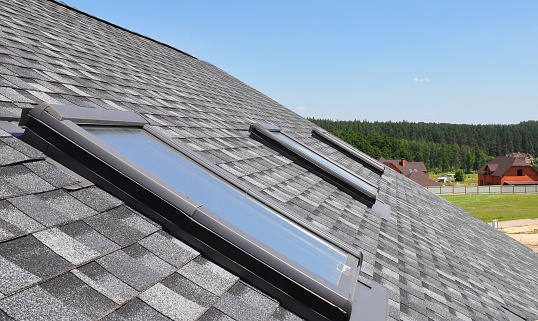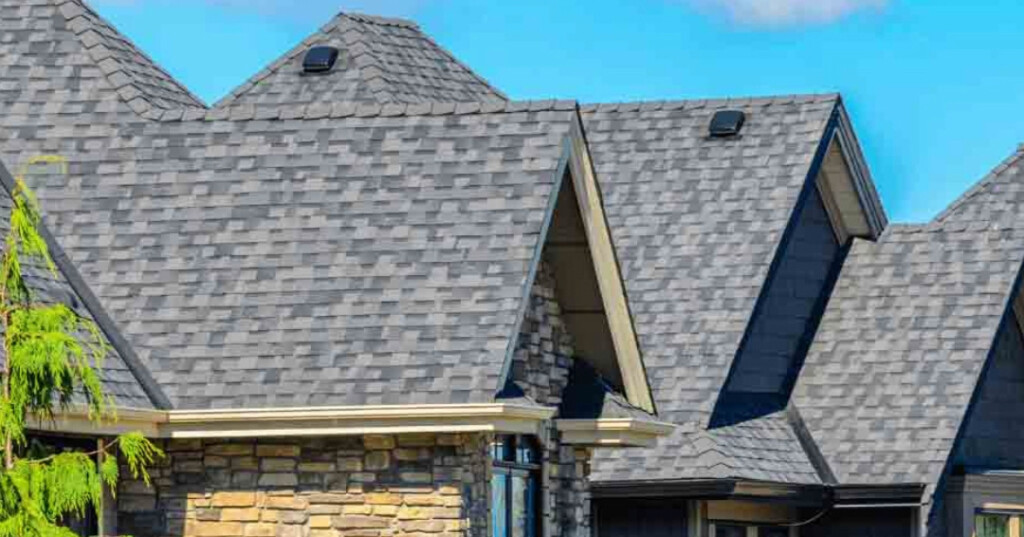Thinking about a new roof or comparing “fibreglass” vs “asphalt”? Quick truth first: fibreglass shingles are asphalt shingles; they’re an asphalt shingle built on a fibreglass mat (older, “organic” versions used a cellulose mat). Today, fibreglass-mat asphalt shingles dominate North America because they’re lighter and usually carry higher fire ratings.
What are fibreglass shingles, exactly?
A fibreglass mat (glass fibres in a sheet) is coated with asphalt and topped with mineral granules. The mat gives strength; asphalt sheds water; granules protect from UV and add colour/texture. Many products are tested to ASTM shingle standards and UL performance listings.
Are fibreglass shingles better than “asphalt” shingles?
When people say “asphalt vs fibreglass,” they’re really comparing organic-mat asphalt (older tech) to fibreglass-mat asphalt (modern). Fibreglass-mat shingles are typically lighter and more fire-resistant (often Class A vs Class C on older organic products). That’s why fibreglass is the market default now.
How long do fibreglass/architectural shingles last?
Real-world: ~22–30 years for architectural (“laminate”) shingles with decent installation and ventilation; budget 3-tab styles run shorter. Warranties can say “limited lifetime,” but coverage usually steps down after ~25 years, so plan for ~25-year service life in our climate unless you baby the roof.
Who makes the “best” fibreglass shingle?
Major brands (Owens Corning, CertainTeed, etc.) compete on wind ratings, nail-strip tech, algae resistance, colours, and warranty terms. The installer and ventilation matter as much as the logo, bad nailing or hot attics kill even premium shingles early. Check the specific product’s data sheet & warranty, not just the brand name.
What are the downsides?
They’re still asphalt shingles: heat, UV, ice, and poor ventilation age them. Hail can bruise granules; dark colours run hotter; and “lifetime” marketing doesn’t mean literal lifetime in tough climates. If you want beyond-30-year durability, you’re into metal, concrete, or slate at a higher cost.
How do I know it’s time to replace?
Look for curling edges, widespread granule loss filling gutters, cracked tabs, repeated leak history, or lots of missing shingles after normal wind. If your architectural roof is 20–25 years old, get a pro to inspect and price options before the next storm season.
What about fire rating? Does fibreglass help?
Yes. Fibreglass-mat shingles commonly carry Class A fire ratings (highest for residential steep-slope) when installed as a system over approved underlayments. That’s one of the reasons they replaced organic-mat shingles.
Quick spec/choice checklist
-
Style: Architectural/laminate for better wind + thicker look; 3-tab for lowest cost.
-
Colour & heat: Darker = hotter = ages faster; balance looks vs longevity.
-
Underlayments: Ice/water shield at eaves/valleys; synthetic underlayment elsewhere (brand system may be required for best warranty).
-
Ventilation: Target balanced intake/exhaust; hot attics shorten shingle life.
-
Warranty: Read the fine print; many “lifetime” warranties have step-downs after ~25 years and require full system components for enhanced coverage.
Here at Roof Pro, we install and service roofs across central Vancouver Island, and we’re happy to look at your house, your attic, and your options.
Have questions or want a free roof check?
Call 250-248-3400 or email info@theroofpro.ca.
Located at 2610 NW. Bay Road, Nanoose Bay.



